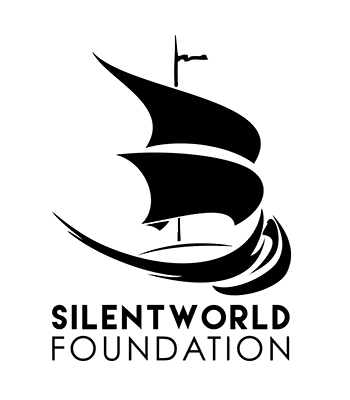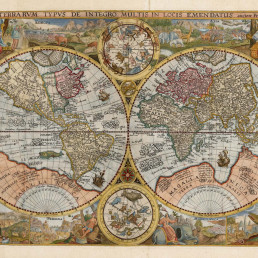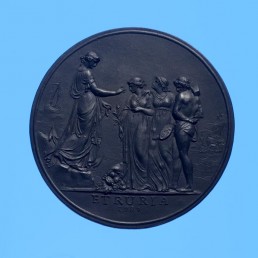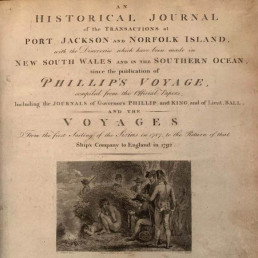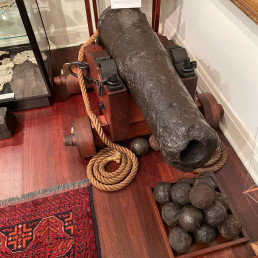
Name/TitlePortrait of Sir Joseph Banks as a young man
About this objectJoseph Banks was born in 1743, the only son of a wealthy land-owning family. From an early age, his declared passion was natural history, and in particular, botany. In 1766 he was elected a Fellow of the Royal Society and travelled to Newfoundland and Labrador to collect plants, animals and rocks.
Banks joined Captain Cook’s 1768 expedition to Tahiti and made collections and observations in South America, Tahiti and New Zealand before reaching Australia. His main landfalls on the eastern coast of Australia were at Botany Bay and the Endeavour River. The plant material collected and sorted on the voyage was extensive, with the herbarium specimens accounting for about 110 new genera and 1,300 new species.
Bank’s name was bestowed upon a genus of Australian plants and his impact on the study of natural history in both Britain and Australia cannot be overestimated. When the British government was casting about for a suitable place to establish a penal colony, Banks was an advocate for Botany Bay. In later life, including the running of his estates, he controlled the Royal Botanic Gardens, Kew and was a Trustee of the British Museum. In 1778 he also became President of the Royal Society, an office which he held until his death in 1820. He was knighted in 1781.
MakerJoshua Reynolds - Artist
Maker RoleArtist
Date Made1774
Period18th century
Place MadeLondon, United Kingdom
Medium and MaterialsInk and paper.
TechniqueMezzotint
Object TypeEuropean Portraits
Object numberSF000764
Copyright Licence![]() Attribution - Non-commercial - No Derivatives (cc)
Attribution - Non-commercial - No Derivatives (cc)
Explore by category
Maps and Charts
Date range: 1541-1836
Ship Models
Date range: 1629-1890
Maritime Paintings
Date range: 1793-1849
Manuscripts and Ephemera
Date range: 1768-c1850
Medallions & Convict Tokens
Date range: 1619-1880
Landscapes
Date range: 1768-c1850
Books
Date range: 1694-c1850
Currency and Shares
Date range: 1624-1823
Printed Material
Date range: 1541-1836
Maritime Archaeology
Date range: 1629-1854
Curator's corner
New acquisitions, staff favourites and curios
The mug is decorated with an underglaze and a blue transfer print. On the body, it is titled ‘Emigrants to Australia’. This type of body and glaze was discontinued by 1840. Comparison of the handle shape and the profile of the foot, point to the attribution of manufacture by the Davenport Factory.
Delta was a ship-rigged vessel with two decks and three masts. It was built in Dordrecht, Netherlands in 1839 at the shipyard of Jan Schouten and registered in the same port. Its hull was constructed of oak and sheathed in ‘yellow metal’. Delta was owned by H. van der Sande at the time of its loss and was engaged as a cargo trader.
The Delta carried 29 crew and passengers, while sailing from Melbourne to Batavia in ballast when wrecked at Kenn Reefs on 30 May 1854 whilst under the command of Captain J.G. Kunst. This vessel loss supports the pattern of shipwrecks located on a well-travelled shipping route that was poorly charted until the mid-nineteenth century. The crew of the Delta could see four other shipwrecks at Kenn Reefs at the time of their vessel’s loss.
Important image of a ship associated with Matthew Flinders, that would shortly become one of the most famous early shipwrecks in eastern Australian waters. This is a fine ship’s portrait, by one of the great exponents of the art
